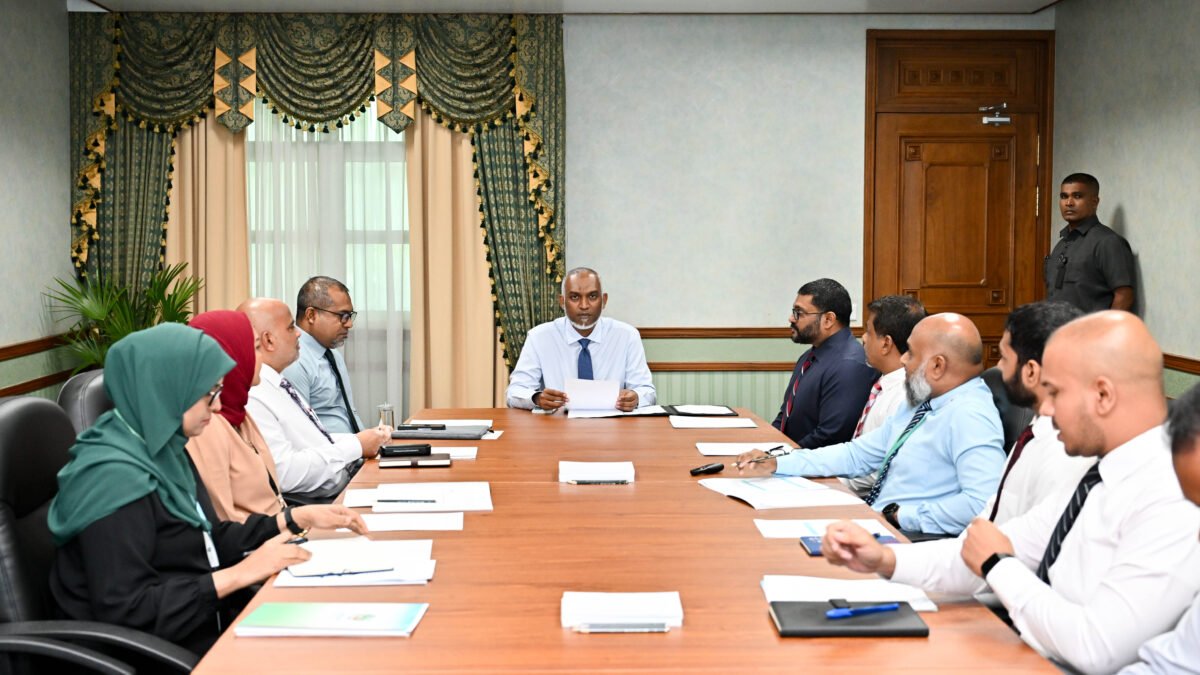The Maldives Disaster Risk Reduction Strategy, which encapsulates actions to be taken by 2030 to mitigate environmental damage, was approved on Tuesday by the National Disaster Management Council. It was approved during a meeting held at the President’s Office, chaired by President Mohamed Muizzu.
The main objectives of the strategy are to protect the Maldives’ environment and infrastructure from weather and other disasters, protect homes and property, prepare for disasters, build a disaster-resilient society, and achieve the Sustainable Development Goals.
The President’s Office said the adoption of the strategy will create additional opportunities for human resource development. The Disaster Management Council’s stated objective in adopting the strategy is for the Maldives, as a country that has always advocated for small and landlocked island nations on the international stage, to try to increase opportunities to advocate for these issues.
The development of such a strategy is included in Goal 5 of the seven goals outlined in the Sendai Framework for Disaster Risk Reduction (DRR), which requires countries to develop disaster risk reduction strategies by 2030.
The Sendai Framework was adopted on 18 March 2015 at the Third United Nations World Conference in Sendai, Japan.
The Maldives is one of the few countries that has produced such a strategy, combining disaster risk reduction efforts with climate change adaptation efforts.
One of the annexes of the strategy is dedicated to how to streamline the country’s resilience and reduce waste by linking the National Adaptation Plan under the Paris Agreement with the DRR strategy under the Sendai Framework.

